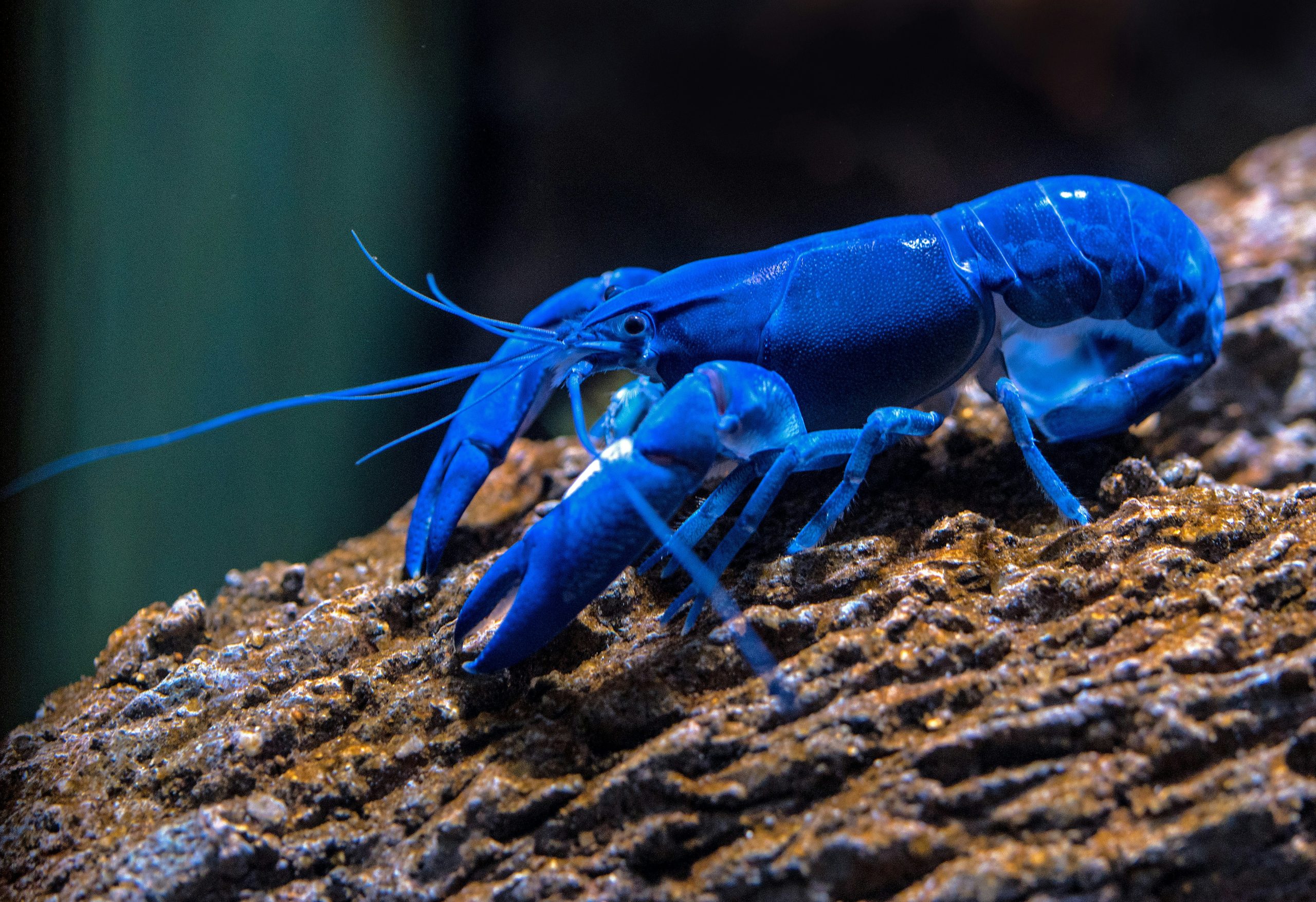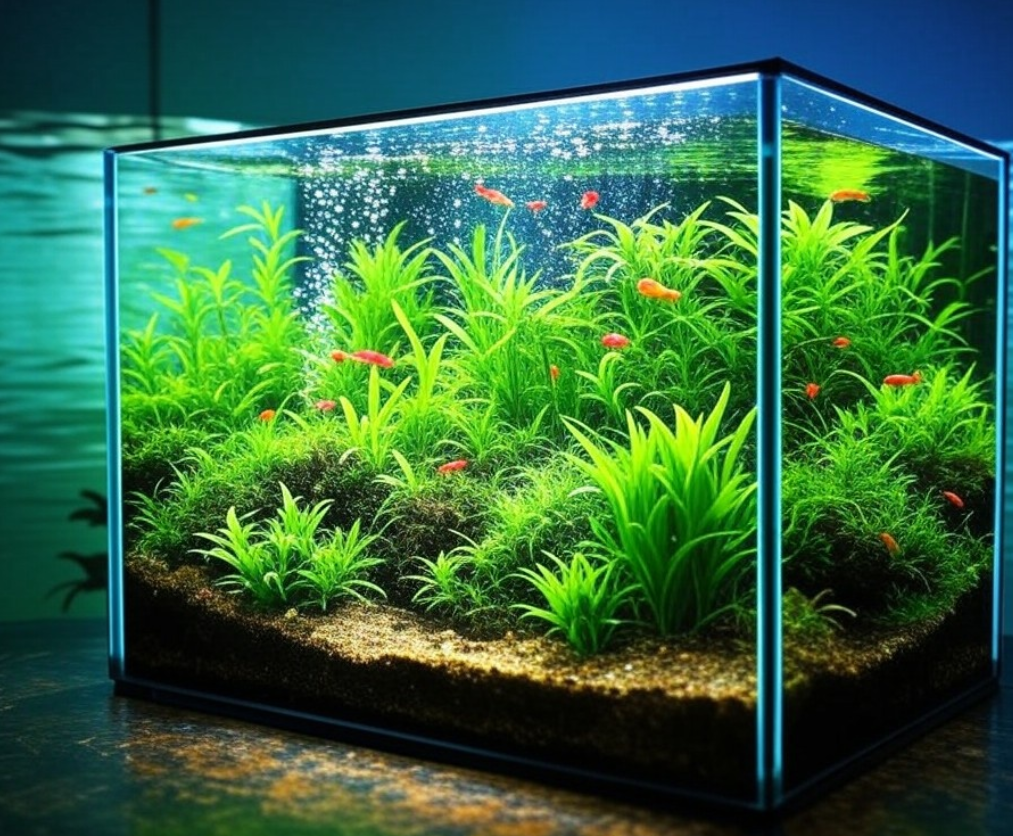Table of Contents
![]()
A biotope aquarium is a specialized type of aquarium designed to replicate a specific natural habitat, offering a unique and captivating way to experience the beauty of aquatic ecosystems. Unlike general community tanks or ornamental setups, biotope aquariums are meticulously curated to reflect the exact conditions, flora, and fauna of a particular environment. This article explores the beauty of biotope aquariums, their aesthetic appeal, the elements involved, and their benefits to enthusiasts and the broader community.
Introduction
A biotope aquarium aims to recreate the natural conditions of a specific aquatic habitat, providing an authentic glimpse into the environment of various species. The term “biotope” refers to a distinct ecological area characterized by particular physical conditions and living organisms. In contrast to other aquarium types that might focus on general aesthetics or diverse community setups, biotope aquariums emphasize natural accuracy and ecological balance.
The significance of biotope aquariums extends beyond mere decoration. They serve as educational tools, promoting awareness about different ecosystems and the species that inhabit them. By replicating real-world habitats, these aquariums offer insights into ecological relationships and conservation issues.
The Aesthetic Appeal of Biotope Aquariums
Naturalistic Design
One of the most striking features of biotope aquariums is their naturalistic design. By meticulously replicating specific habitats such as the Amazon River, African Rift Lakes, or Southeast Asian swamps, biotope aquariums provide an immersive experience. The careful selection of substrates, rocks, driftwood, and plants helps to recreate the visual and ecological characteristics of these environments.
Visual Harmony
Biotope aquariums achieve visual harmony by reflecting the color schemes and textures found in nature. The choice of plants, rocks, and decorations is guided by the natural habitat’s appearance, creating a cohesive and aesthetically pleasing aquarium. This attention to detail ensures that the species included in the tank not only thrive but also exhibit behaviors and interactions similar to their wild counterparts.
Seasonal and Environmental Changes
Some biotope enthusiasts incorporate seasonal or environmental changes into their setups. For example, an aquarium simulating a tropical river may adjust its conditions to reflect the wet and dry seasons experienced in the wild. This dynamic aspect of biotope aquariums adds an additional layer of realism and can enhance the overall experience for viewers and caretakers alike.
The Elements of a Biotope Aquarium
Substrate and Decor
The choice of substrate and decor is crucial in a biotope aquarium. Substrates like sand, gravel, or soil are selected based on the specific needs of the biotope. For instance, a river biotope might use fine sand, while a lake biotope may require gravel. Decor elements such as rocks and driftwood are chosen to mirror the natural features of the habitat being replicated, ensuring that the aquarium’s appearance aligns with the chosen environment.
Aquatic Plants
Aquatic plants play a vital role in biotope aquariums, providing both aesthetic value and ecological benefits. Plants are selected based on their native habitats, and their placement is designed to mimic natural growth patterns. For example, an aquarium replicating a tropical rainforest might include species such as Amazon swords or Java ferns, arranged to reflect their natural positioning in the wild.
Aquatic Life
The selection of fish and invertebrates is perhaps the most critical aspect of a biotope aquarium. Species are chosen based on their native habitat and social structures. For example, a biotope aquarium representing a South American river might include species like neon tetras and discus fish, which are known to cohabit in the wild. The inclusion of these species not only enhances the aquarium’s realism but also supports their well-being by providing a habitat that closely resembles their natural environment.
Creating a Biotope Aquarium
Research and Planning
Creating a successful biotope aquarium begins with thorough research and planning. Enthusiasts must identify the specific biotope they wish to replicate and gather detailed information about its characteristics, including water parameters, plant life, and resident species. This information guides the selection of materials and the design of the aquarium, ensuring that all elements align with the chosen habitat.
Setting Up the Tank
The setup process involves preparing the substrate, adding decor elements, and establishing the necessary filtration and water parameters. Accurate replication of the natural habitat requires attention to detail, such as mimicking water chemistry and temperature conditions. Once the tank is set up, it is essential to allow it to cycle before introducing plants and animals.
Introducing Plants and Animals
Introducing plants and animals into the biotope aquarium requires careful acclimation to prevent shock and ensure a smooth transition. Gradual acclimation helps to stabilize the ecosystem and supports the health of the new inhabitants. Ongoing monitoring is essential to ensure that the conditions remain consistent and that the ecosystem functions effectively.
Maintenance and Sustainability
Routine Care
Maintaining a biotope aquarium involves regular monitoring and care to preserve its natural balance. This includes testing water quality, adjusting parameters as needed, and performing routine cleaning. Care must be taken to avoid disrupting the established ecosystem, as any changes can impact the health of the plants and animals.
Long-term Management
Long-term management of a biotope aquarium may involve seasonal adjustments or addressing challenges such as disease outbreaks or algae growth. Enthusiasts should be prepared to adapt their care routines to maintain the aquarium’s health and aesthetic appeal.
Benefits and Impact
Educational and Research Opportunities
Biotope aquariums offer valuable educational and research opportunities. They provide insights into the diversity of aquatic ecosystems and highlight the importance of conservation efforts. By showcasing specific habitats and their inhabitants, these aquariums help to raise awareness about environmental issues and the need to protect natural habitats.
Personal Satisfaction and Enjoyment
For hobbyists, the creation and maintenance of a biotope aquarium can be immensely rewarding. The process of replicating a natural habitat and witnessing the interaction of species in a realistic setting provides a deep sense of satisfaction. The therapeutic benefits of observing a well-maintained biotope aquarium also contribute to its appeal.
Conclusion
The beauty of a biotope aquarium lies in its ability to replicate the intricate details of a natural habitat, offering both visual appeal and educational value. By focusing on natural accuracy and ecological balance, biotope aquariums provide a unique and immersive experience for enthusiasts and viewers alike. As interest in biotope aquariums continues to grow, hobbyists are encouraged to explore and create their own realistic aquatic environments, contributing to the appreciation and conservation of our planet’s diverse ecosystems.
Share This





Be the first to comment